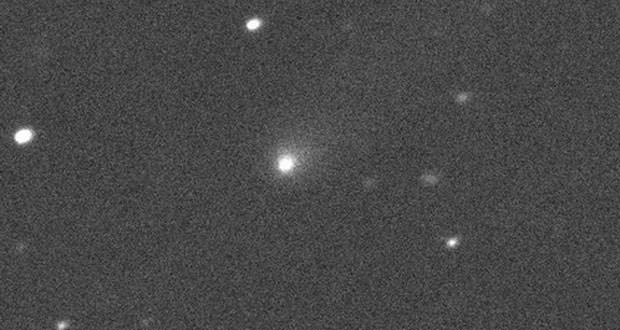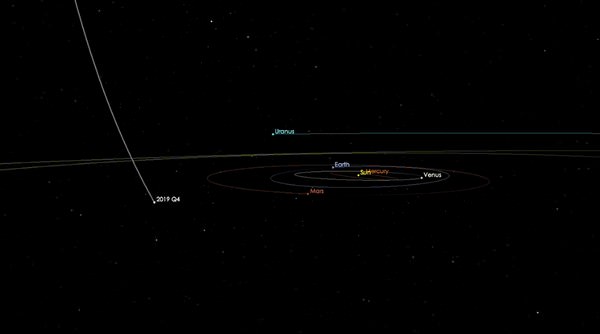NASA: the new interstellar ” visitor ” is a comet
The new interstellar visitor (from outside the Solar System) would be a comet according to the latest findings from NASA, ESA and other entities. His name is C/2019 Q4 (Borisov) and is waiting to be discovered.
No, the ” visitor ” is not an alien as science fiction has accustomed us to thinking, but the idea is just as interesting. NASA is moving its researchers to give further confirmation to what was found by Gennady Borisov of the MARGO observatory, located in the Crimea, on August 30th.
The name of this interstellar object is officially C/2019 Q4 (Borisov), and it is the second visitor after Oumuamua that was instead observed in October 2017 (on which different hypotheses were made, even bizarre in appearance).
A comet that comes from far away
C/2019 Q4 (Borisov) should be a comet that comes from outside the Solar System, even if there is still no confirmation that it actually originates in deep space. There are no dangers for the Earth as even when it is very close to our planet it will always be 300 million kilometers (beyond the orbit of Mars), a distance that also corresponds to its perihelion planned for December 8th. In that same period, it will reach maximum visibility with professional telescopes.
But it is not so much the possibility of an impact that one is thinking, but rather its origin and composition. These objects represent unique testimonies of what is beyond what is (relatively) close to us.
Currently, C/2019 Q4 (Borisov) is about 420 million kilometers with a trajectory that is bringing it ever closer to our star. Now NASA, ESA (including the NEACC of Frascati) and other bodies are trying to establish their origin and direction more precisely so as to definitively establish whether this comet is actually of interstellar origin.
According to Davide Farnocchia (who works at the NEOS of the JPL) the current speed of the comet is 150 thousand km/h at an angle of 40° with respect to the plane of the ecliptic. This speed is higher than the objects that orbit the Sun at that distance, thus presuming that it actually came from outside the Solar System.
Always because of this high speed, there will be no way for C/2019 Q4 (Borisov) to remain within the Solar System and will soon abandon ” our neighborhood ” to return to travel in our galaxy.
The first observations confirm the fact that it is a comet because of the main body (with a diameter between 2 and 16 km) of the object that would appear to be made up of ice while around it there would be dust. The latter increase in the number the more the comet approaches the Sun. Now scientists will try to determine more precisely dimensions, rotation and other physical aspects.
Interestingly, its location is in an area that is usually not taken into account when searching for asteroids with ground-based telescopes or NEOWISE. After the peak of December visibility, C/2019 Q4 (Borisov) will be visible only with large telescopes until October 2020.
Product prices and availability are subject to change. Any price and availablility information displayed on Amazon at the time of purchase will apply to the purchase of any products.



